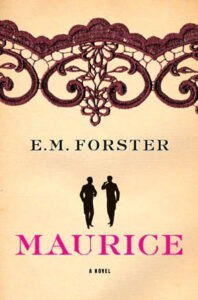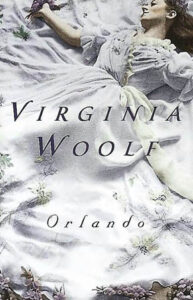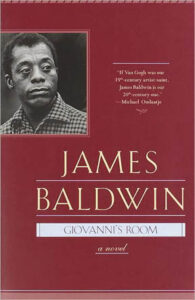Book News Books That Became Movies You Saw That Didn't Come Right Out And Say It But Are Totally Gay



Book News The Classics



Book News If Poetry Is Called “The Gay Science,” Then Are Gay Poets Gay “Gay Scientists”?
















